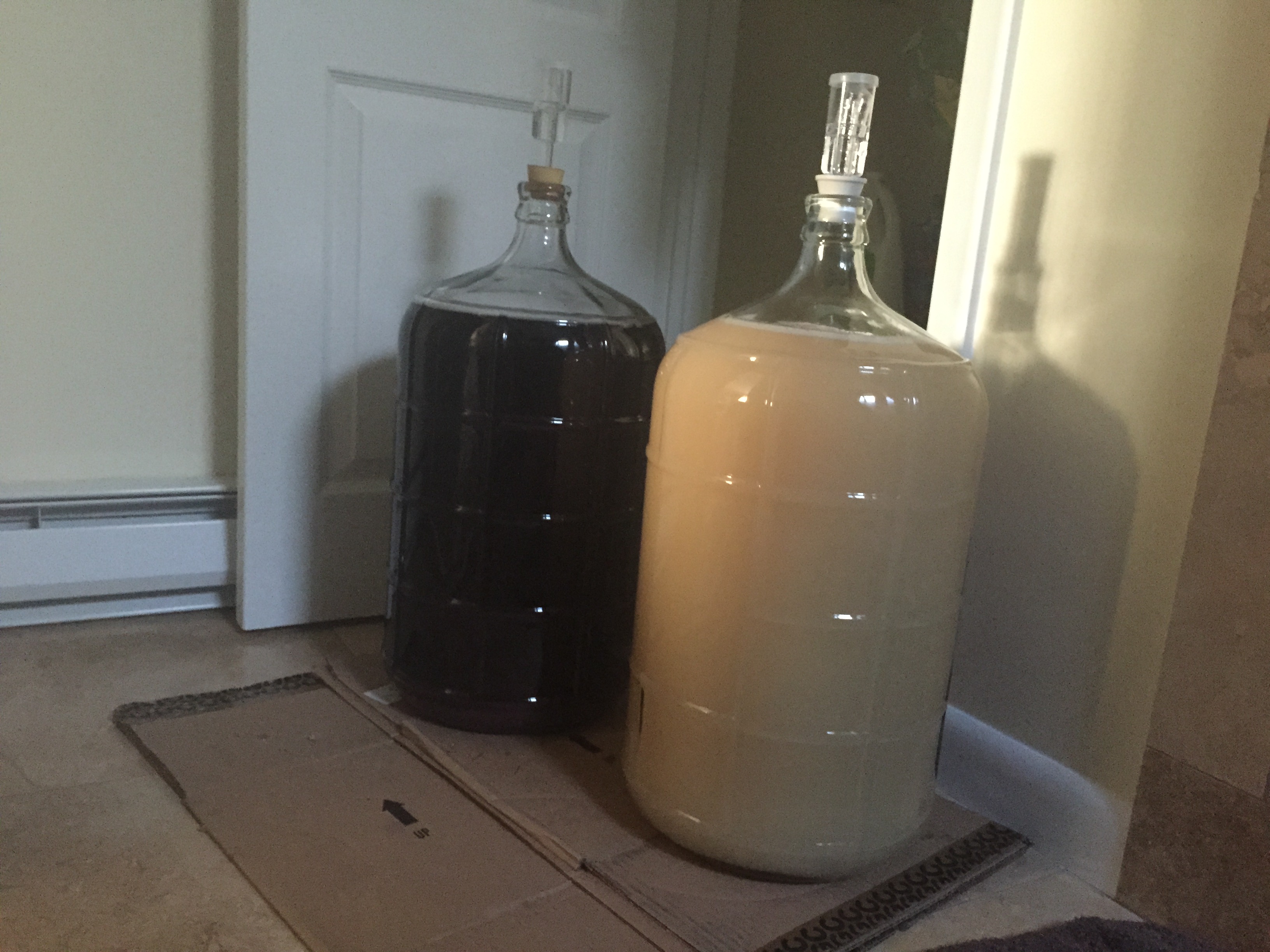Well, thanks to the help from here and this forum, I seem to be doing very well with my first two wine builds! THANK YOU!

So now I am at the point I think I want to rack one or both of these. They are- a Old Lodi Vines Zin started 1/7, and a sauvignon blan started the following week. SO the Zin has been in second 2 weeks, the SB just one.
My PLAN is to age the heck out of the Zin, and I want to drink the SG this summer.
So, since the Zin has been down two weeks, and it is at a stable .992 Spec Grav, it is time to rack that, right? I want to let it sit for a while, so into a new, clean carboy, and let it sit there for 6-8 months (is that right)
So do I stabilize it at THIS RACK, or in 6-8 months? Do I do the CO2 bleed now or later? What is the order- whip it, then add the clarifier, rack it again and let it sit, or what? When and in what order?
Now, regarding the SG, I plan on letting it sit sur lies for a while. I have planned it all out... stirring twice a week for the next 6 weeks, then once week for 2 months, then rack it, degass, clarify, let sit another month and bottle? Is all that in the right order?
THANKS!

So now I am at the point I think I want to rack one or both of these. They are- a Old Lodi Vines Zin started 1/7, and a sauvignon blan started the following week. SO the Zin has been in second 2 weeks, the SB just one.
My PLAN is to age the heck out of the Zin, and I want to drink the SG this summer.
So, since the Zin has been down two weeks, and it is at a stable .992 Spec Grav, it is time to rack that, right? I want to let it sit for a while, so into a new, clean carboy, and let it sit there for 6-8 months (is that right)
So do I stabilize it at THIS RACK, or in 6-8 months? Do I do the CO2 bleed now or later? What is the order- whip it, then add the clarifier, rack it again and let it sit, or what? When and in what order?
Now, regarding the SG, I plan on letting it sit sur lies for a while. I have planned it all out... stirring twice a week for the next 6 weeks, then once week for 2 months, then rack it, degass, clarify, let sit another month and bottle? Is all that in the right order?
THANKS!







